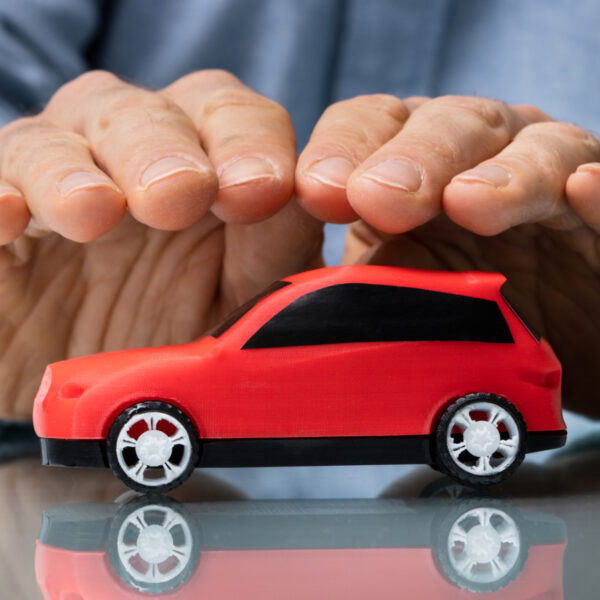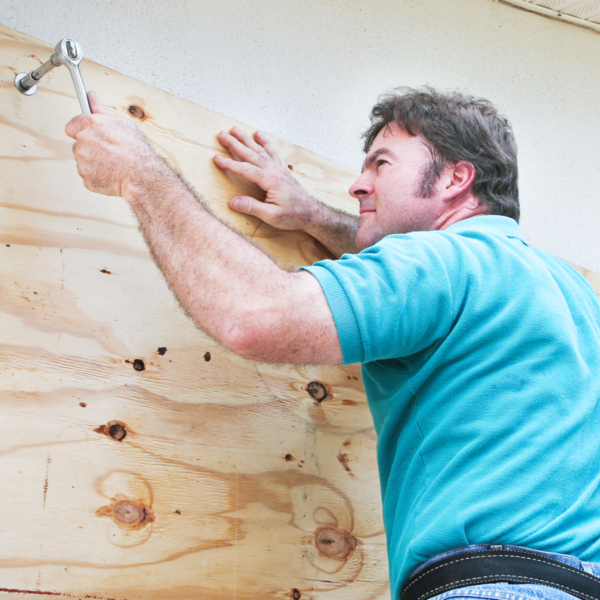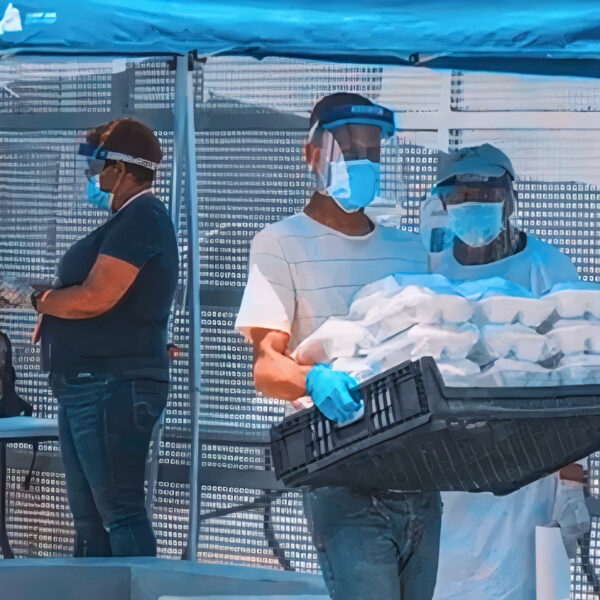If you already have the list for Santa or the Three Kings in your hands, consider if a toy is safe for your children before you start your Christmas shopping. A toy that is unsafe or inappropriate for their age could put them at risk.
The age of your children is the determining factor at the time of choosing a toy. Always read the labels to ensure that the toy is appropriate for their age.
Many people think that because their children are ahead in their development, this means they can use toys that are meant for older children. This is not correct; the age range for toys is determined according to safety factors, not the intelligence or maturity of a child.
What You Should Keep in Mind
Some tips for when you buy toys are the following:- Cloth toys should include a label that indicates they are flame resistant or retardant.
- Stuffed toys should be washable.
- The paint on toys should not contain lead.
- The materials for arts and crafts activities should not be toxic.
- Crayons and paint containers should indicate that they conform to the ASTM D-4236 standard. This means that they have been evaluated by the American Society for Testing and Materials (ASTM).
- Be sure that the toys are not too loud for your children. The noise produced by some musical or electronic toys can be as loud as that of a car horn (or even louder if your children place it directly over their ears), which can damage their hearing.
- Verify that the toy has been evaluated by the United States Consumer Product Safety Commission (CPSC). Since 1995, any toy manufactured in the United States (or imported to the country) must comply with CPSC regulations.
How Do We Know if a Toy Is Adequate for a Child?
Age is the determining factor. Always read the labels to ensure that the toy is appropriate for their age. The guidelines published by the CPSC and other groups can be useful to make these decisions when purchasing. Even so, make use of your own judgment and keep in mind the temper, habits, and behavior of your children every time you buy new toys.Perhaps you believe children that are advanced, in comparison with their peers, can handle toys meant for older children. However, the age level for toys is determined according to safety factors, not a child’s intelligence or maturity.
Other Elements to Keep in Mind
The toys should be large enough—at least 1¼ inches in diameter and 2¼ inches long —so that they cannot be swallowed or get stuck in the windpipe. You can buy a small test tube and use it to determine if the toy is too small. Test tubes are designed with approximately the same diameter as a child’s windpipe. If an object falls within the tube, it is too small for a child. If you cannot find one of these products, you can use the inside tube of the toilet paper roll.- Avoid marbles, coins, balls, and toys with balls that are less than 1.75 inches in diameter, since these can get stuck in the throat, above the windpipe, preventing normal breathing.
- Battery operated toys must have battery compartments locked with screws so that children cannot open them. The batteries, and the liquids they could spill, pose a grave danger to a child. These dangers include choking, internal bleeding, and chemical burns.
- When you verify the safety of a toy for a
baby or a toddler, make sure that it is unbreakable and strong enough to resist
biting. Also make sure that it does not contain the following:
- Sharp edges or small pieces such as eyes, wheels, or buttons that could detach.
- Small ends that could be placed in the mouth and reach the child’s throat.
- Ribbons, strings, or cords that are longer than 7 inches (18 centimeters).
- Pieces that could pinch a child’s small fingers.
Safety Elements for School-Age Children
- Bicycles, skateboards, and roller skates should always be used with helmets that comply with the current safety standards. The use of other safety equipment, such as gloves, wristbands, and kneepads, is also recommended. In the labels, you will find information to see if these pieces of equipment are CPSC or Snell certified.
- In the case of basketball hoops, the nets must be correctly built and well attached for them not to become a choking hazard.
- Darts and toy arrows must have soft tips or suction pads at the ends; they must not have hard tips.
- Toy guns should have vibrant colors, so they are not confused with real weapons. Children must be taught to never aim at another person with a dart, arrow, or gun.
- Children under the age of 16 should not have compressed air guns or plastic ammunition rifles.
- Electronic toys should have the UL label, which indicates they comply with the established safety standards.
What Other Measures Must Parents Take?
After purchasing toys that do not present any danger, it is also important to verify that children know how to use them. The best way to do this is by supervising them while they play. When playing with your children, it is also important to teach them that they can play safely and have fun at the same time.Parents must do the following:
- Teach children to put away their toys.
- Check the toys regularly to ensure they
are not broken and can still be used:
- Wooden toys must not have splinters.
- Bicycles and toys to be used outdoors must not be rusted.
- Stuffed toys must not have broken stitching or any exposed part that could be removed.
- Discard broken toys or repair them immediately.
- Put away toys to be used outdoors when they are not in use. This way, you can avoid exposure to the sun and rain.
- Also, make sure that the toys are clean. Some plastic toys can be washed in the dishwasher, but first, you must read the manufacturer’s instructions. Another option is to mix antibacterial soap with warm water and use that solution to clean the toys, always remembering to rinse them.
https://www.healthychildren.org/English/safety-prevention/at-home/Pages/How-to-Buy-Safe-Toys.aspx










